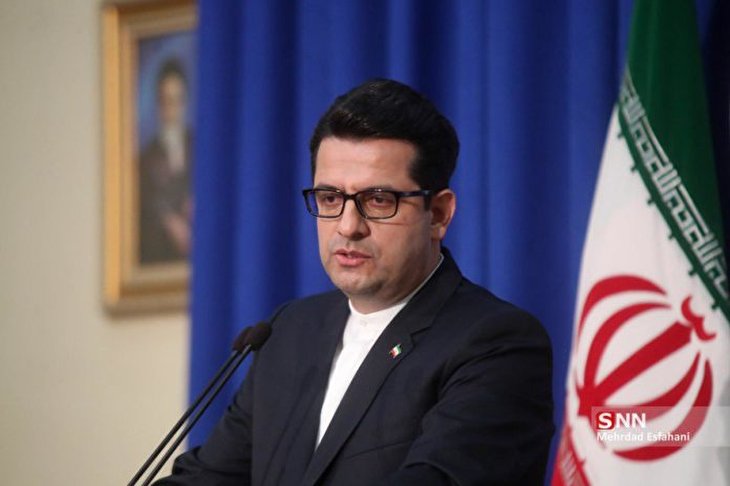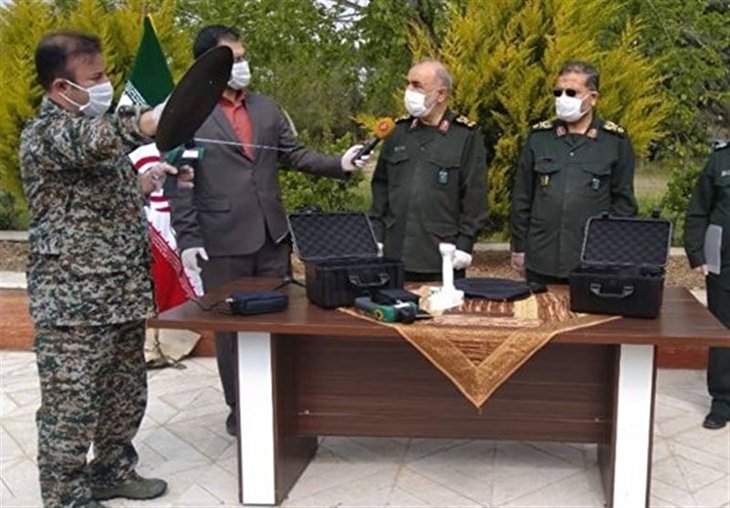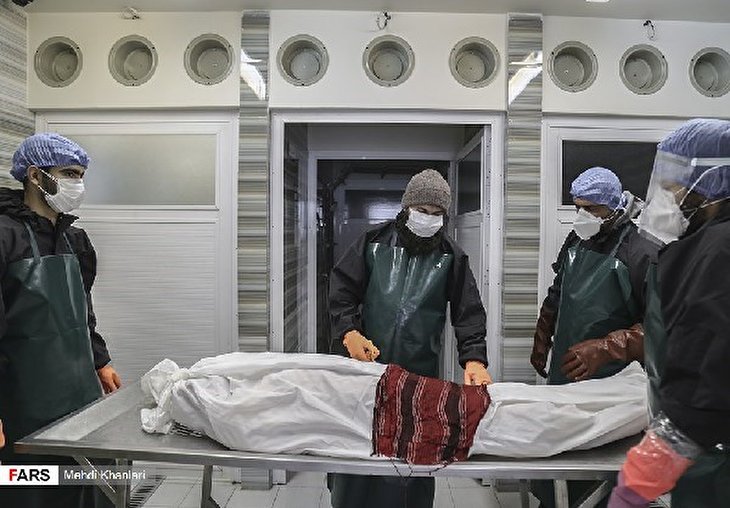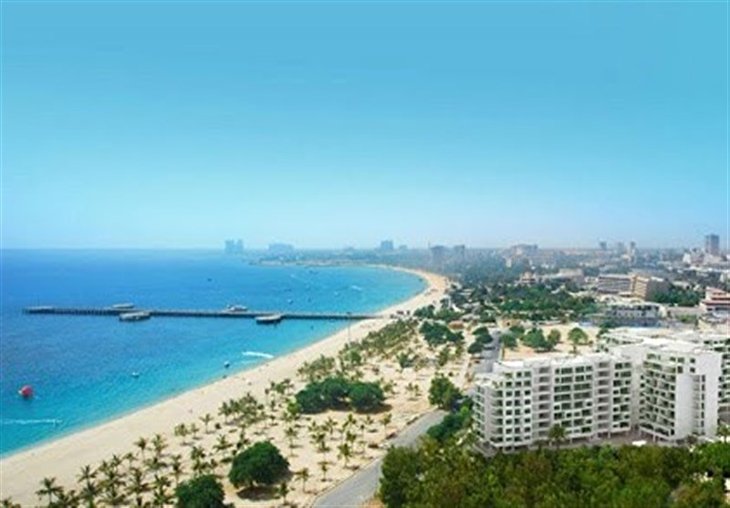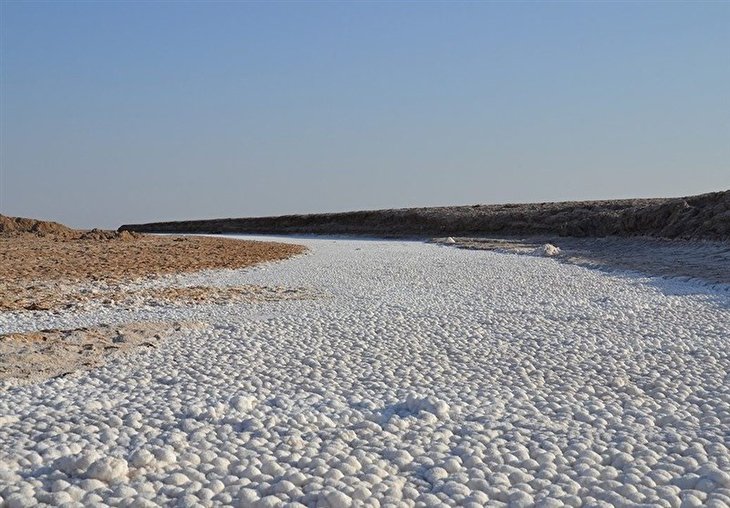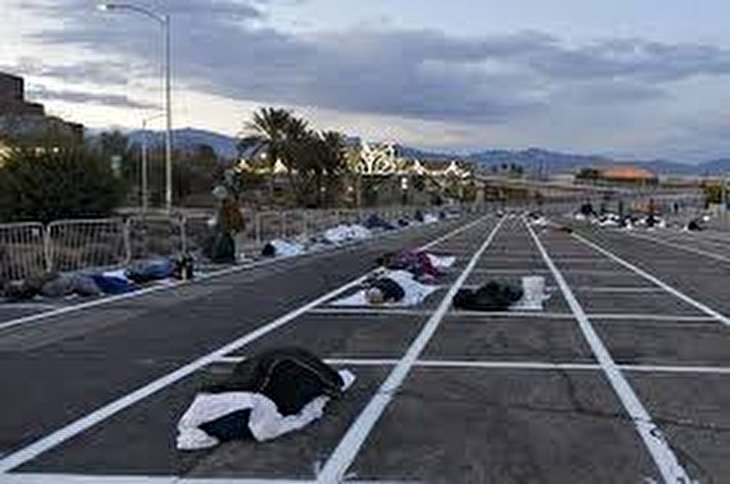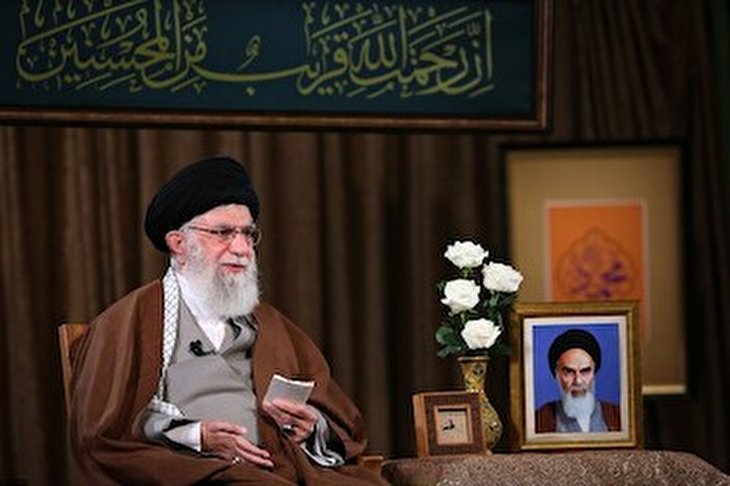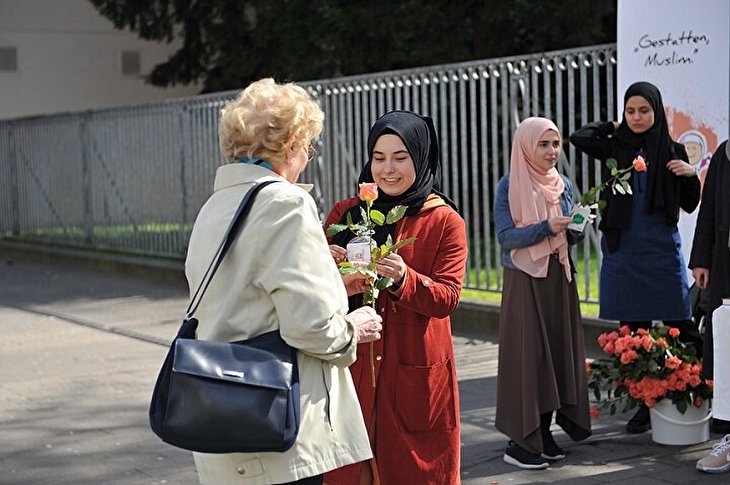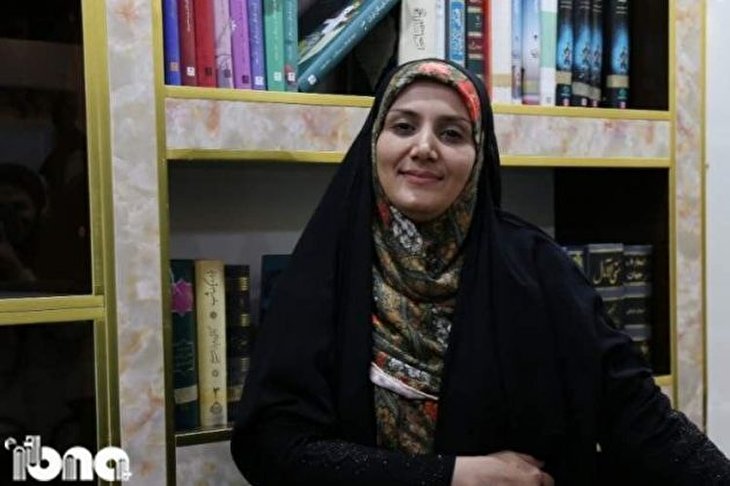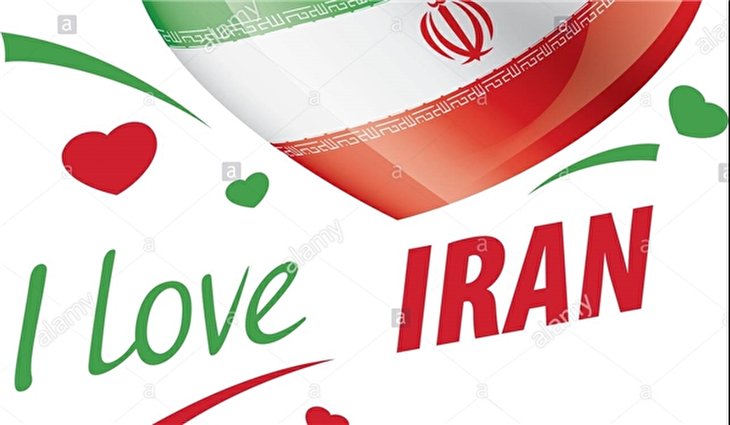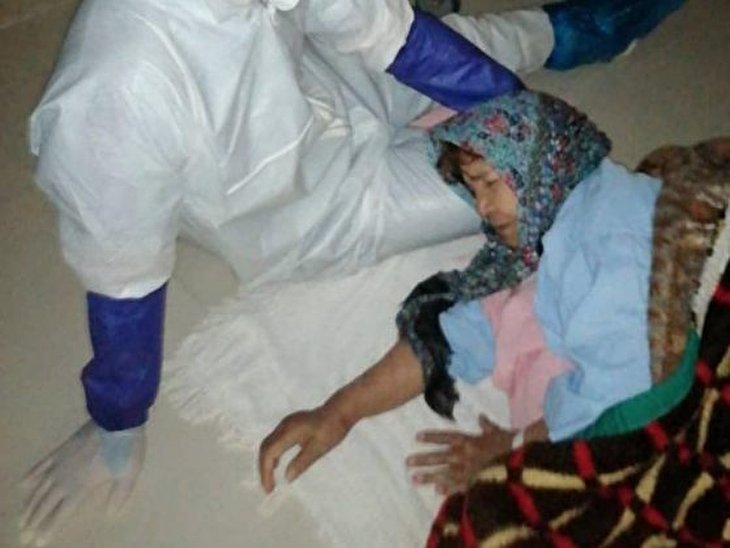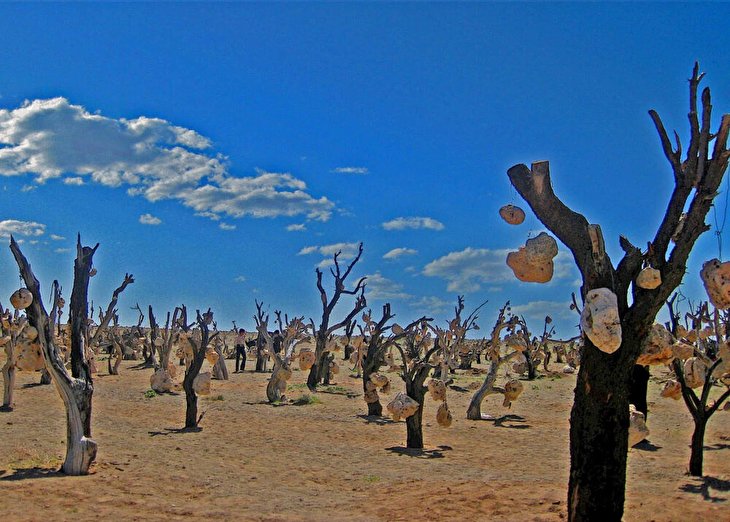Iran Can Fully Meet Foreign Currency Needs: Official

Speaking to the Islamic Republic of Iran Broadcasting (IRIB), Yahya Ale-Ishaq
said tranquility has returned to the country’s markets by the Iranian
administration’s move to provide basic commodities.
He further pointed to domestic demands for foreign currencies and said by the
end of the current Iranian year, only $70 billion would be needed, while
potentially, the country will have a total of $200 billion in foreign currencies
by that time.
Ale-Ishaq said that according to international organizations, including the
World Bank, Iran has $110-120 billion of assets outside the country.
The official also referred to ways to obtain foreign currencies and said in the
sanctions era, $50 billion of the needed currency can be earned through oil
exports.
Foreign currency values began to rise in Iran after the US withdrew from the
Iran nuclear deal in May and announced plans for a fresh wave of sanctions
against the Islamic Republic.
There has been growing demand for dollars among ordinary Iranians, who fear more
plunge in the value of their assets and growing price of goods, even those not
imported from abroad.
The purchasing power of Iranians has plummeted for the umpteenth time in recent
months as wage increases have lagged far behind prices.
In comments this month, Leader of the Islamic Revolution Ayatollah Seyed Ali
Khamenei reiterated the need for Europe to guarantee Iran’s economic benefits
under the Joint Comprehensive Plan of Action (JCPOA), but underscored that the
country’s economy should not hinge on the fate of the nuclear deal.
In a meeting with President Hassan Rouhani and his cabinet members, the Leader
called for a "roadmap to a stable economy” in order to resolve the economic
woes.
Ayatollah Khamenei also called on the administration to bolster the private
sector and take strong punitive action against wrongdoers, saying offenders in
any position must be brought to justice.
Source:Tasnim


